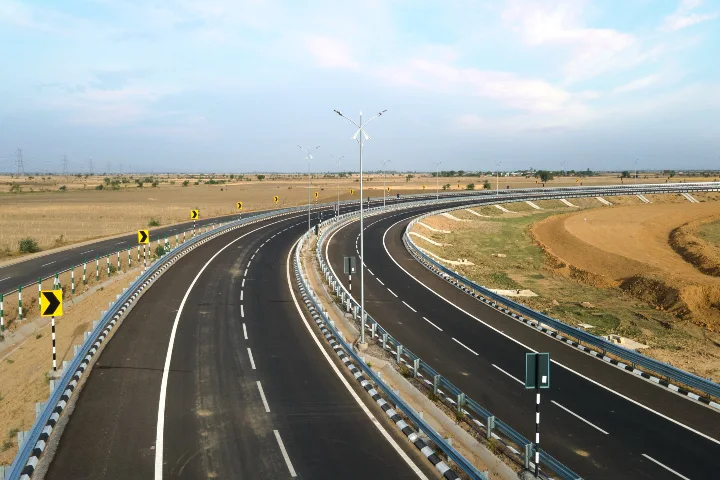An overall economic wellbeing and robust recovery in the post Covid 19 phase, leading to an increase in the inflow of foreign direct investment, is something India can showcase amid global uncertainties. In 2012-2013, the foreign direct investment (FDI) inflow into the country stood at $34.3 billion. In 2021-22, it reached a record of $84.8 billion. Though recent data indicate a slowdown in inflow, industry watchers say that it could be a temporary affair.
“One of the key achievements for India is that it has managed to shed its earlier image and emerge as a favourable investment destination despite challenges,” a CEO of a Japanese firm told India Narrative.
According to India Briefing, the country, despite the slowdown in FDI inflow, continues to be a bright spot in the world economy and that “the decline in FDI can be attributed to global headwinds such as the Russia-Ukraine conflict, global recessionary pressures, spillover of the Covid-19 pandemic, and other economic uncertainties.”
A study jointly conducted by the Confederation of Indian Industry and audit firm EY, released late last year revealed that 71 per cent of the multinational companies that were surveyed were willing to consider investments in India for their expansion plans.
India, with an eye on touching the $5 trillion economy mark, is aggressively wooing foreign investors amid the geopolitical shifts and supply chain disruptions.
Prime Minister Narendra Modi’s call for ‘make in India for the world’ followed by the Centre’s efforts to ease many of the existing hurdles to boost investments have caught the attention of investors. That apart it is ‘Advantage India’ as it also offers a huge domestic market along with a ready labour pool.
“The rise in Indian consumers’ income could also help develop the local market for multinational companies, making moving production to India even more justifiable,” Hong Kong based South China Morning Post said.
Many countries and multinational companies are looking at investing in India as well as part of their China Plus strategy. A host of schemes such as the PM Gati Shakti, Production Linked Incentive, Make in India, have helped.
Apple Inc’s top boss Tim Cook, who visited India earlier this year, said India is focus market for the company.
“India is an incredibly exciting market. It’s a major focus for us,” he said, adding that the country is at a tipping point. Cook added that the vibrancy in India is unbelievable.
The FDI inflow has been the highest in the computer software and hardware industry followed by the automobile industry at $6.99 billion.
A report released by Goldman Sachs last month noted that India, driven by a large pool of talent and working age population, is poised to become the second largest economy by 2075, beating the US, Germany and Japan. Santanu Sengupta, Goldman Sachs Research’s India economist said that India must boost its labour force participation to achieve its full potential.
Interestingly, state governments with their own investment summits, are now directly marketing themselves with a view to garnering larger chunks of FDI. Barely 20 years ago, Gujarat under Modi as its chief minister, was the only state hosting annual investment meets under the umbrella “Vibrant Gujarat.”
According to S&P, mutual support and coordination across cities, states and the central government will be necessary if India is to fulfil its ambition of becoming a global manufacturing hub as well as realizing its goals in energy transition and agriculture. “Navigating this dynamic with deliberation and purpose will help India capitalize on the moment it is in now,” it said.
Also read: India would be a $30 trillion economy by 2047—Piyush Goyal




















